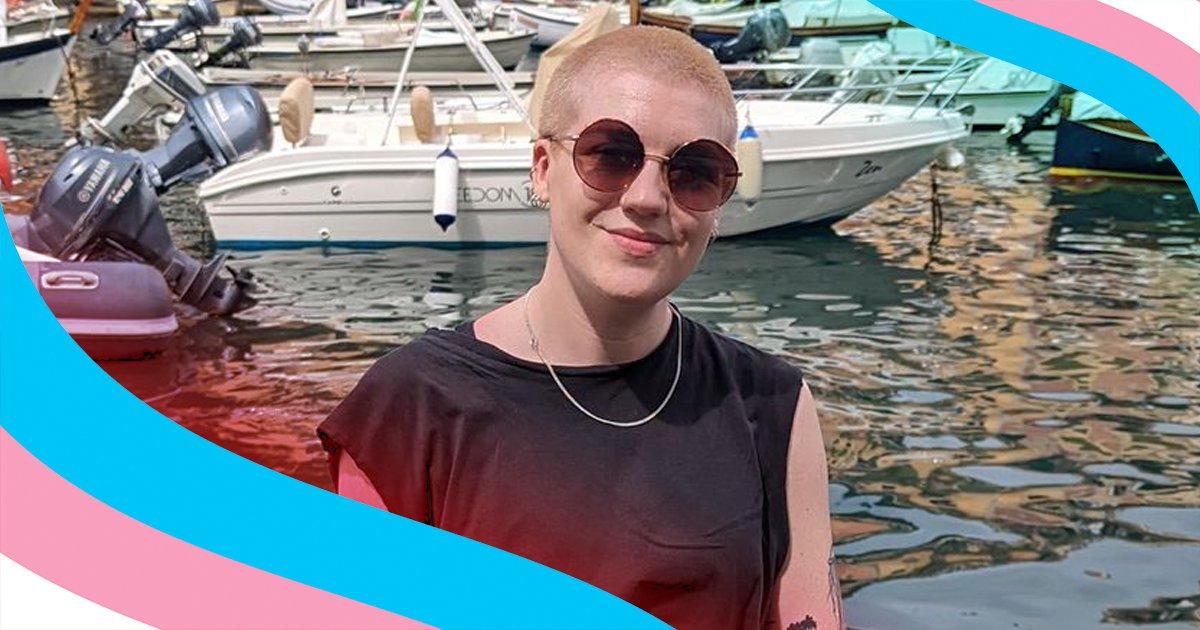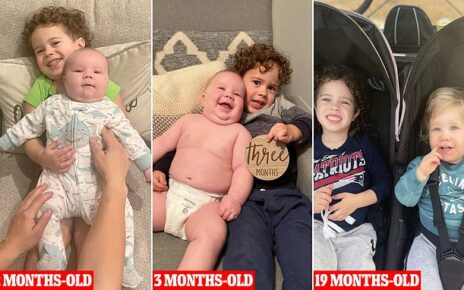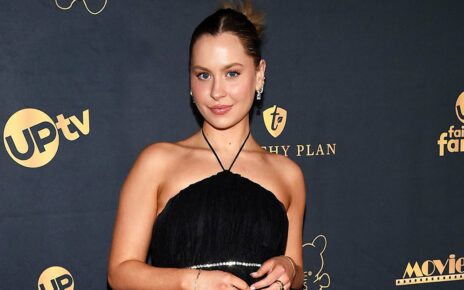
The model undressed and got into position, an unlit cigarette resting between their fingers.
Ludovica – the amazing non-binary statuesque figure in front of a class of 10 people – then said: ‘I call this pose Cigarettes After Sex.’
It was aptly named. Not just because of the prop cigarette, but because they embodied the effortlessly cool, androgynous vibe of the ambient pop band with the same name.
I wanted to do the pose – and the model – justice. I wanted my sketch to reflect the confidence that was emanating off their body.
For two hours, we all sketched in silence, calming jazz playing in the background, and I fell into a mindful flow-state. At the end of the class, I found myself overwhelmed with a new sense of empowerment.

Ludovica was so comfortable in their own skin that they could sit naked in front of a room full of strangers. As someone who has always had cripplingly low self-esteem, this was a staggering concept.
If they were able to feel this level of comfort with their body and their gender identity, then surely I could find that too.
In that moment, I realised that classes and communities that centre trans and non-binary people, like myself, have the power to help us reconnect with ourselves and find self-acceptance.

It wasn’t always like this though. For years, I had been forcing myself to look and act ‘like a woman’ to make everyone around me happy. As a result, I was making myself miserable.
Dressing in feminine clothing had always made me feel like I was wearing a halloween costume. I remember being 11 years old, shopping for clothes with my mum, and begging her to buy me t-shirts and trousers from the boys’ section. She would drag me over to the girls’ dresses and skirts, telling me how much prettier I would look in them.
On top of that, styling my long hair felt like wearing a wig that I couldn’t take off. I felt like I was trapped inside a body that didn’t fit and my own reflection would send me into a spiral of self-hatred.

Then, four years ago, I came out as gay and non-binary and it turned my entire life upside-down. I was 29 and I had been working with a therapist to help me process the abuse and neglect I felt I experienced as a child.
At the time, I was living with my long-term partner, who was also my best friend. Even though I loved them, they were assigned male at birth (AMAB), and my sexuality meant that our love could only ever be platonic – so I had to end that relationship.
They moved out of our flat, and so I also found myself living alone for the first time in my life.
I also cut my parents out of my life completely because our relationship wasn’t healthy for me. That was one of the most difficult decisions I have ever made, but it is the decision that has brought me the most freedom.
Now I felt like I could wear whatever I wanted. I threw out all of my clothes and hit the charity shops hard to find a new wardrobe that reflected how I felt inside. I dress in loose fitting band tees, cargo pants, dress shirts and trousers, and baggy shorts – all from the ‘mens’ section.

Then I shaved my head.
When I saw this new reflection, I burst into tears. It was like finally being able to breathe after someone had been holding my head underwater for 29 years.
Today, I consider my friends and my sister my only family. They are all amazing people, and they accepted my transition without any hesitation. I still feel little butterflies of self-acceptance every time I hear them using my ‘they/them’ pronouns.
I learned about Connect Life Drawing – a group celebrating LGBTQ+ bodies through life-drawing – about six months after I came out and I was excited to get involved. I’ve used art as an outlet for my emotions since I was a teenager, and the fact that the class was a queer safe space that exclusively uses non-binary models, felt as if it was a gift sent from the Gay Gods to help me on my journey.

Embracing my gender identity and sexuality brought me so much happiness and freedom, but it also came at the expense of my safety and privilege.
Trans and queer people are constantly harassed, attacked, and killed purely for existing. Often, just living in a queer or trans body feels like you are a walking political statement, which is scary and exhausting.
But Evita, the founder of the classes, has created a space where everyone can feel safe, understood, and free to express their creativity. In this room, our bodies are muses for art that celebrates our identity. Groups like this can be a lifeline for people who have to exist in a world that is often dangerous and isolating.

I’ve attended the class for over two years now, and I’ve drawn so many different bodies; some of them soft and curvy, some of them lean and muscular, and all of them beautiful. I leave every class feeling more empowered to love my own body, and proud to be part of a community that values self-acceptance, self-expression, and self-love.
I discovered that being around people with shared experiences is an amazing way to find healthy validation and build your confidence and self-esteem.
Last year, a selection of my drawings were chosen for the Connect Life Drawing exhibition.
While I was taking in the space and admiring the other artists’ work, I overheard someone tell their friend that my ‘Cigarettes After Sex’ sketch was their favourite piece on display. In that moment, I felt as if I was going to burst open with pride and joy.
I didn’t though, I just smiled to myself and went outside to smoke a cigarette.
You can find out more information about Connect Life Drawing on their Instagram here.
Pride and Joy
Pride and Joy is a weekly series spotlighting the first-person positive, affirming and joyful stories of transgender, non-binary, gender fluid and gender non-conforming people. Do you have a story you’d like to share? Get in touch by emailing [email protected]
Source: Read Full Article



